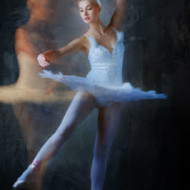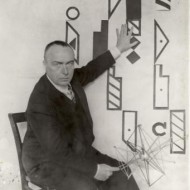
According to Laban, human movement can be understood in three different ways. It can be appreciated simply through the unreflective act of moving itself. It can be grasped through objective analysis. And movement can be interpreted by linking concrete actions with abstract ideas and feelings.
Different sorts of understanding arise for each perspective. Movement analysis provides a means for observing with greater definition. It slows the automatic process of interpreting simply on the basis of body knowledge. By so doing, analysis supports taking a more objective approach to movement study and helps one transcend body prejudices.… Read More





